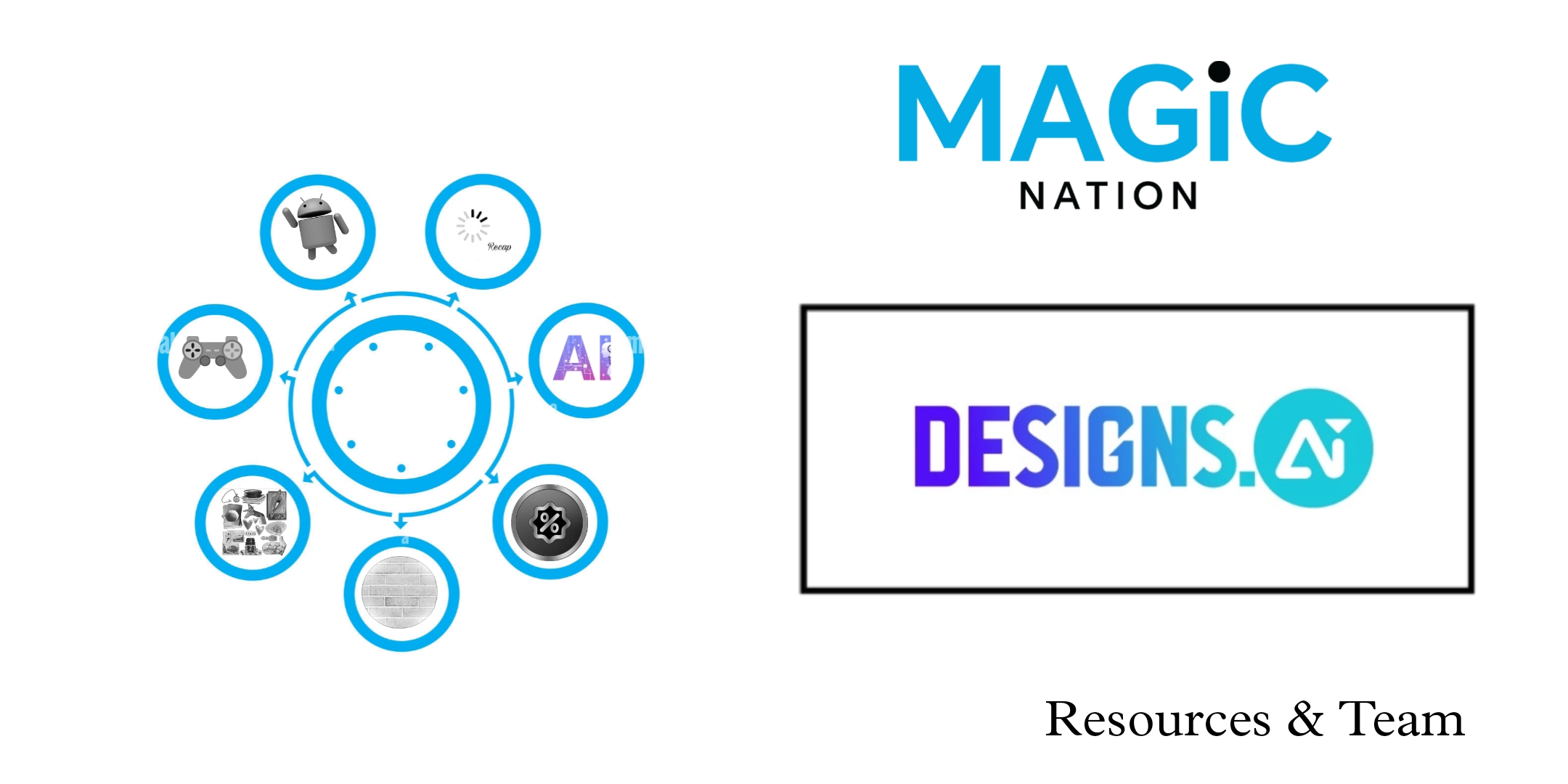At the core of the silicon carbon battery lies a fundamental departure from tradition: the anode material. Traditional lithium-ion batteries rely on graphite, yet silicon exhibits a far greater capacity for storing lithium ions. This fundamental shift translates into a remarkable increase in potential battery life, with the potential to achieve up to 10 times the capacity of traditional technology within the same physical footprint. Imagine a device capable of enduring a full day, or even multiple days, on a single charge.Unveiling the Science Behind the Power
However, the advantages extend beyond longevity. Silicon carbon batteries also promise significantly faster charging times. The efficient absorption and release of lithium ions facilitate expedited charging, minimizing downtime and ensuring swift restoration to full power. Gone are the days of waiting hours for a device to be ready for use once more. Moreover, unlike their traditional counterparts, silicon carbon batteries maintain exceptional performance even in cold environments. This breakthrough is particularly significant for users in colder climates, providing assurance that their devices will remain steadfast companions regardless of weather conditions.
While the potential of silicon carbon is undeniable, challenges have surfaced. Early iterations of this technology faced issues with volume expansion during charging cycles, which stressed the battery structure and raised safety concerns. Durability was also a concern, as these models degraded faster than their lithium-ion counterparts. However the boundaries of technology are being pushed. Second-generation silicon carbon batteries address these challenges by leveraging a composite material that combines the high capacity of silicon with the stability of carbon. This innovative approach delivers optimal power potential while ensuring long-lasting performance. There are few specific innovations, For example in:Overcoming the Hurdles: Pioneering Innovation
Power Density: A second-generation silicon-carbon battery offers 10 times the power density compared to traditional options on the market.
Microtunneling Laser Guidance: Manufacturing batteries using Microtunneling Laser Guidance technology enables higher-performance silicon-carbon batteries .
Extreme Weather Performance: Engineered to provide better performance and accurate readings in extreme weather conditions.
Embracing the Future: A Paradigm Shift in User Experience: The integration of silicon carbon batteries represents a monumental leap forward for smartphones.
This technology has the potential to redefine the way we engage with our devices:
Unprecedented Battery Life: Picture days, perhaps even weeks, of uninterrupted usage without the constant need for recharging.
Lightning-Fast Charging: Swift, efficient recharges become the new norm, liberating users from lengthy tethering to power outlets.
Unyielding Performance: Say goodbye to weather-induced limitations. Your device will remain steadfast, regardless of external conditions.
Silicon carbon batteries are far better for the environment as well.
Lithium-ion batteries use lithium, cobalt, and nickel to store energy. Using these materials is harmful for the environment. Also, these materials aren’t renewable.
Silicon carbon batteries on the other hand use silicon, a material that’s found in abundance. They also have a much smaller carbon footprint and are much safer than Lithium-ion batteries because they have a much lower chance of overheating.
Using silicon carbon batteries for power also results in smaller and lighter smartphones. Because these batteries are not only more powerful than lithium-ion batteries but also significantly smaller in size, smartphones powered by them can be smaller and lighter than conventional smartphones. Perhaps even more excitingly, using silicon carbon batteries gives manufacturers the freedom to experiment with design. With more space available in smartphones, manufacturers can add additional features without making devices bulkier.
For consumers this means smaller, lighter, and even more powerful and feature-packed devices.
This battery transcends mere technological advancement; it marks a fundamental shift in user experience. At the forefront of innovation, the industry is dedicated to empowering users through pioneering advancements. With silicon carbon batteries, the industry is unlocking a future where smartphones seamlessly integrate into peoples’ lives, ensuring connectivity and power throughout the day. The future is luminous, and innovation by the industry is steadfastly leading the charge.
*******
















